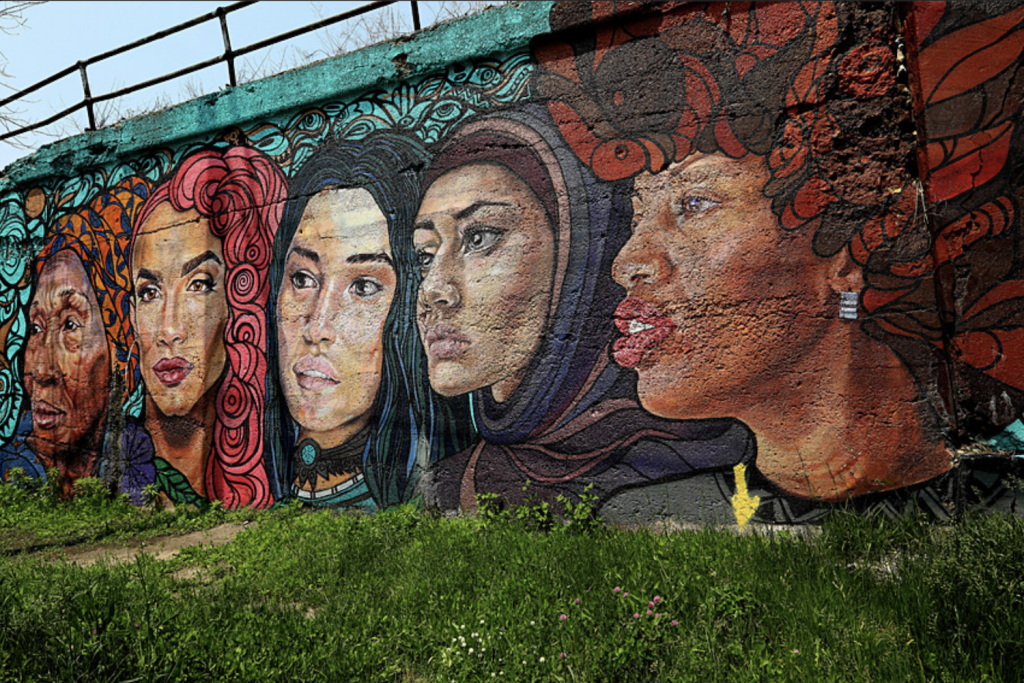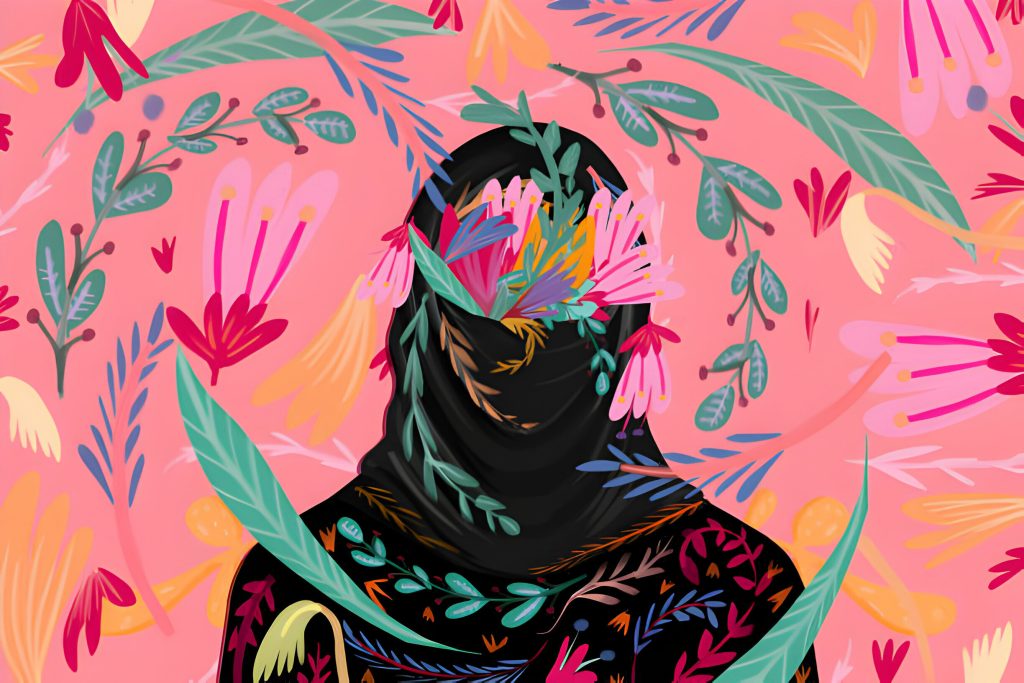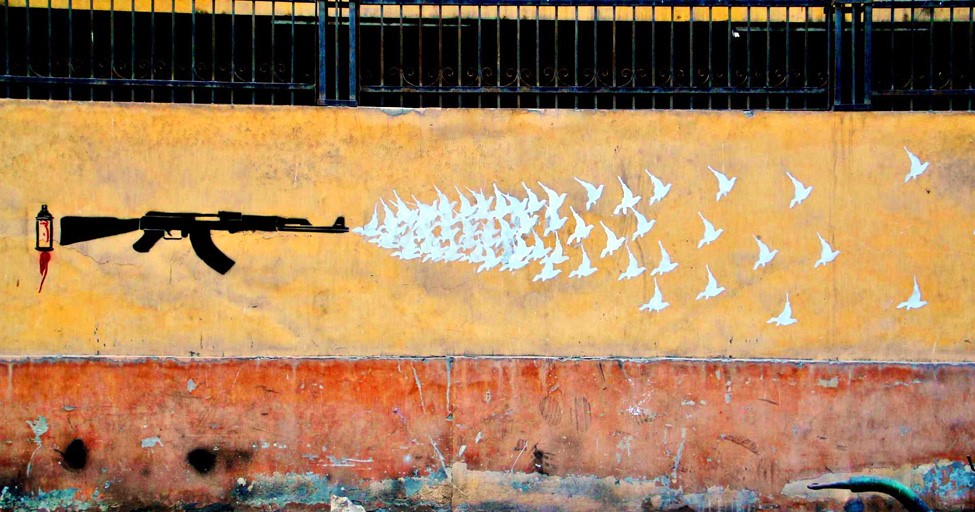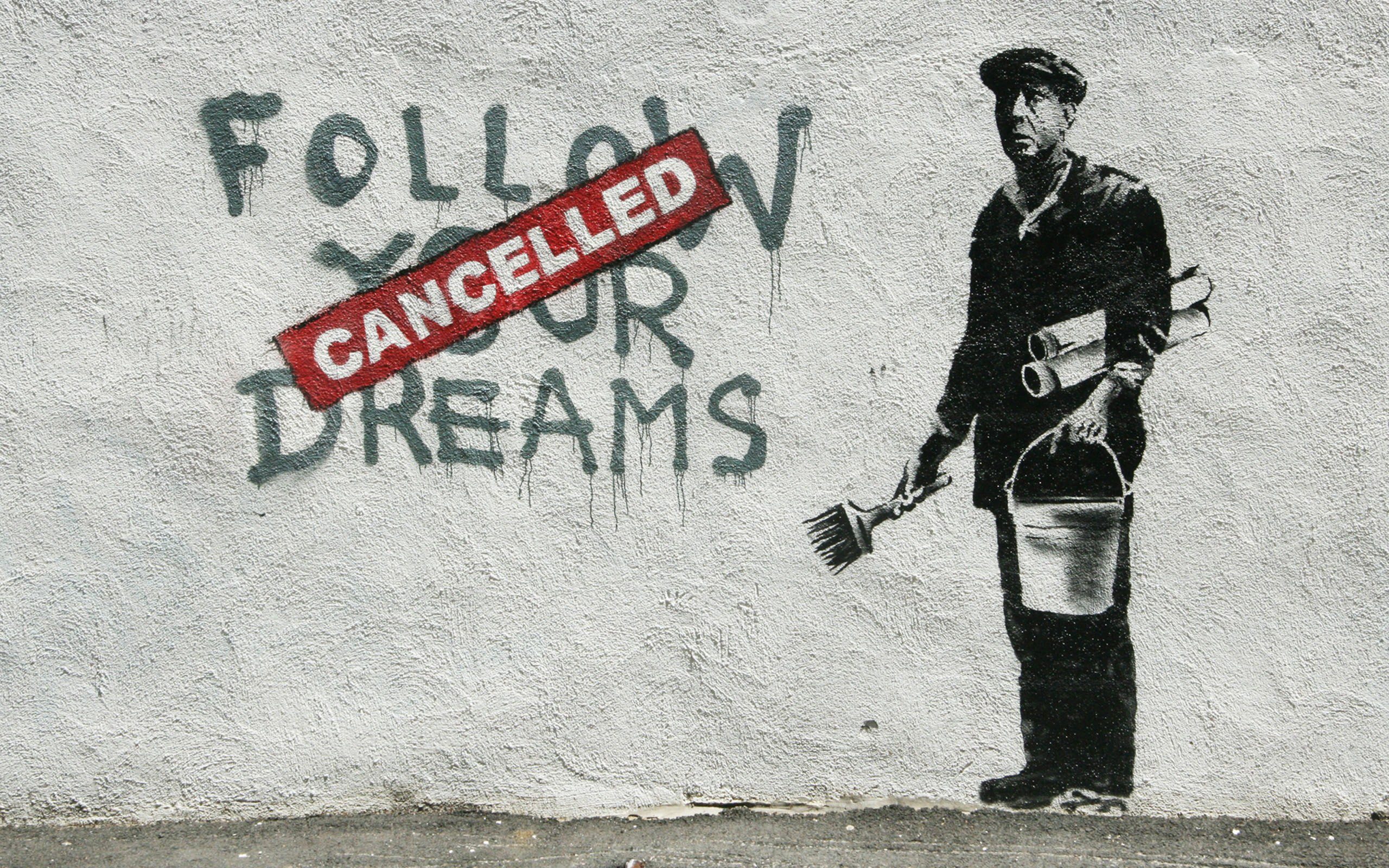Throughout history, artists have long leveraged their mediums and artistic creations as instrument of social change, willfully transmuting their creative output into powerful expressions of resistance, hope, and evolution. Bertolt Brecht once proclaimed, ” Art is not a mirror held up to reality, but a hammer with which to shape it”. In this sense, Art actively ignite dialogues, question political realities, and confront social anomalies such as racism, disenfranchisement, poverty, and inequality. Step on board for an exploration into the heart of Art & social justice, presenting how artists across the world have leveraged their work to call for action, challenge societal norms, and amplify the voices of the voiceless.
What is Social Change?
Social change means significant alterations, reformations, or adaptations in regards to certain behavioral patterns, political policies, governmental regulations, cultural values, and social norms of a given society over time. In addition, it includes transformations in society structure and function, exerting a heavy influence on social institutions through alterations in behaviors, laws, and policies.
An array of factors such as economic developments, technological advancements, ecological shifts, and social movements drive this change, leading to either progressive or regressive effects on social progress.

Renown Artistic Contributions to Social Change Movements
Civil Right Movement: Norman Rockwell “The Problem We All Live With“.
During the well known civil war era in the united state, Norman Rockwell, known for his idyllic American scenes, made a long lasting and powerful statement through arguably one of his most known works” The Problem We All Live With” in 1964. This painting depicts U.S Marshals escorting a six-years-old African American girl to an all-white school in New Orleans, a scene captured with attempt to illustrate the racial tensions and fights for desegregation in America. Moving away from his usual themes, Rockwell’s work made a significant contribution as an attempt to expose the harsh realities of racial injustice to a broader audience.
Feminist Movement: Judy Chicago’s ” The Dinner Party”
In the late 1970s, the feminist art wave gained immense acknowledgment and momentum, militating for notions such as gender equality and women’s rights. “The Dinner Party” (1979) by Judy Chicago stands out as a seminal work of its historical context. This illustration piece frames a triangular table set for 39 mythical and historical famous women, celebrating female contribution to the society and addressing the harsh omission of women from historical narratives. Thus, Chicago’s work, considered as a giant cornerstone in the trajectory feminist movement.
Anti-War Movement: Pablo Picasso’s “Guernica”
Pablo’s “Guernica” (1937) is one of the most iconic and powerful Anti-war artworks ever created. painted as response to the tragic bombardment of Guernica, a Basque small town in northern Spain , by Nazi Germany and fascist Italy with the request of Spanish Nationalists, This luminary piece of art brought worldwide attention to the Spanish civil war and horror associated with such atrocities.
Environmental Movement: Agnes Denes’s ” Wheatfield- A Confrontation”
In 1982, Agnes Denes morphed a landfill near downtown Manhattan into a Two-acre wheatfield, challenging perceptions of land use, agriculture, and environment. “Wheatfield- A Confrontation” presented a dazzling and evocative visual juxtaposition against the New York City skyline, calling for a reflection on human values and the link we have with nature. Hence, This monumental piece underscored the potential for reclaiming and repurposing urban spaces for sustainable uses, Highlighting the importance of environmental stewardship in agriculture and the environments.

The Ethical Representation: Navigating the Fine Line Between Highlighting Social Issues and Exploiting Them For Artistic Purposes
The Ethical landscape of representation calls for a just balance between shedding light on social issues and inadvertently exploiting them for personal artistic interests.
For Instance, photojournalist Kevin Carter faced immense back clash for his Pulitzer Prize-winning photograph of a starving Sudanese child with a vulture nearby, raising rational ethical questions about the observer’s responsibility versus documentation. Similarly, Dana Schutz‘s painting “Open Casket” derived from the brutal murder case of Emmett Till. sparking controversy and heated debates at the Whitney Biennial over the portrayal of black suffering by non-black artists.

Through their artistic mediums and tools artists such as Norman Rockwell, Judy Chicago, Pablo Picasso, and Agnes Denes have gone beyond mere artistic productions and aesthetic selections, to stand as active contributors to social movement, from civil rights and feminism to Anti-war efforts and environmental stewardship.







